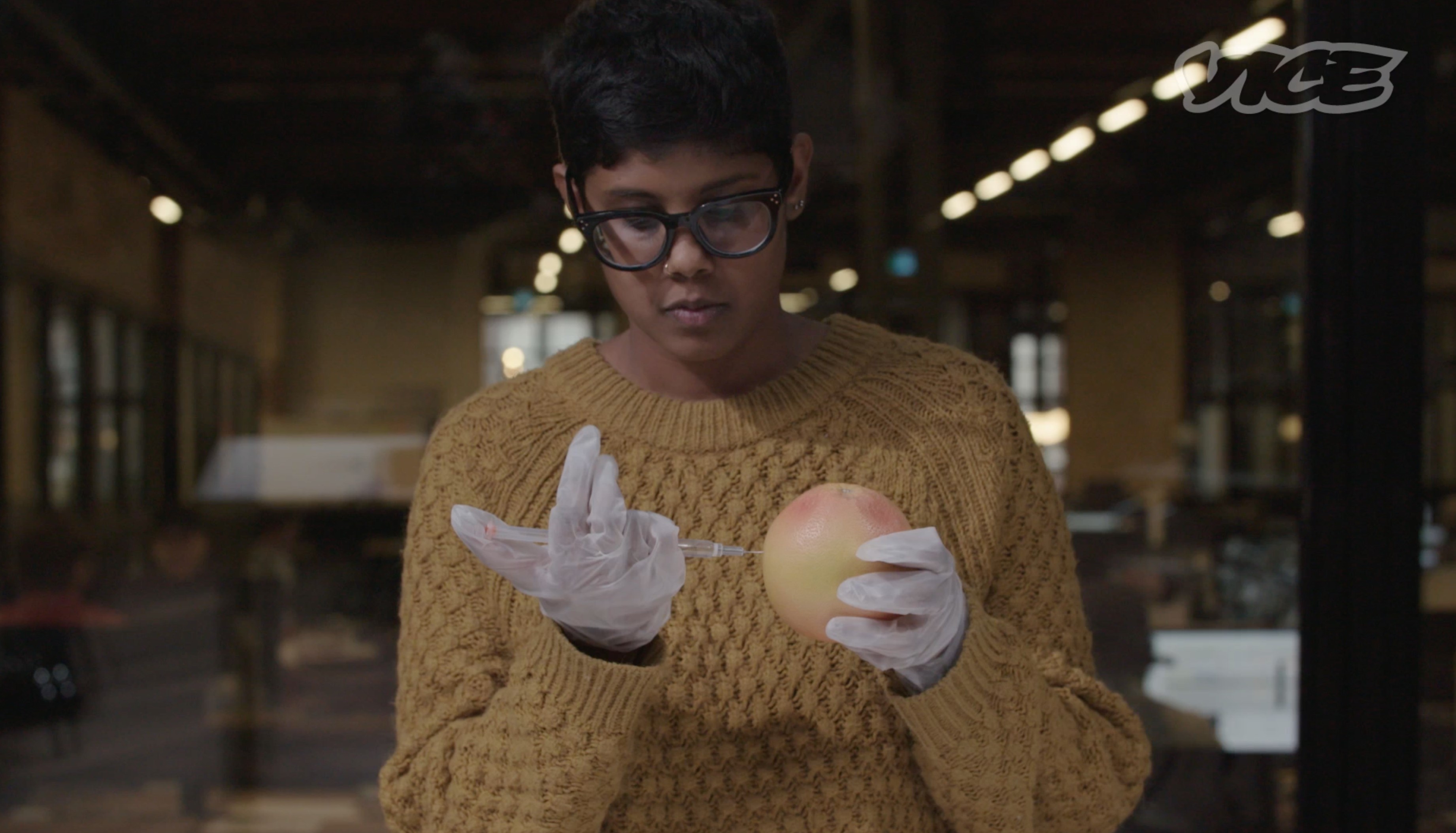Robert Nickelsberg / Getty Images
Overdoses are the leading cause of accidental deaths in this country and more than half of those overdoses are from opioids. There is a misconception that the recent resurgence of the heroin/opioid problem stemmed from economic problems in inner cities, but addiction in affluent communities in Maine and Massachusetts show that is no longer a "poor people problem."
Naloxone, an FDA-approved opioid overdose-reversal drug, has been a saving grace when it comes to preventing death in a large number of these overdoses. More specifically, Narcan, a naloxone-based nasal spray that is now available in most states without a prescription, can provide emergency care for someone who is overdosing. Still, many of those who should have this drug on hand—because they or a loved one are struggling with addiction—don't. Public health officials fear that many patients don't even know it exists, let alone how it works."Since it's an antagonist, it works oppositely of the poisonous drug and reverses the central nervous system depression caused by the drug someone overdosed on," explains forensic chemist Khadijah Balfour-Jeffrey. "First-responders have been carrying [the injected drug] for years, but the nasal spray available to essentially anyone counteracts the overdose in a similar way, blocking brain receptors to reverse an overdose." Because an overdose can kill quickly, a person having an overdose might not be able to wait for a first responder (and we all know that help often takes longer to get to poorer neighborhoods, so low income populations are even more at risk).
As demand for this drug increases, pharmaceutical companies know they can get away with jacking up the price. For now, though, it seems affordable enough for those who are aware of it. "There are a few price points when it comes to Narcan nasal spray," explains Thom Duddy, executive director of communications for Adapt Pharma, which distributes the Narcan nasal spray. The wholesale price for two 4 mg doses is about $125. Then there is the "public interest" pricing, which is for first responders such as law enforcement, EMS workers and community groups; they get a 40 percent discount. That brings the price down to about $75. "But if you or I walk into a pharmacy without a prescription and have health insurance, over 70 percent of people with insurance pay a copay of ten dollars or less. We haven't raised our prices for Narcan since [it was approved in] 2015," he says.
Watch This on VICE: How to Administer Naloxone
Along with pharmaceutical companies and lawmakers, pharmacies and nonprofits are finding ways to step in. CVS Pharmacies offer $35 off Narcan if the patient does not have insurance. Adapt Pharma and the Clinton Foundation pledged 40,000 doses of free Narcan to college campuses to curb fatalities and spread awareness. A 2015 study shows that 16 percent of college students have tried opioids without a prescription and 37 percent said they would not know where to go if they had an opioid problem. For the young, old, rich or poor alike, education is key. "It would be nice to assume that people are taking a more proactive approach in purchasing Narcan for themselves or family members, but hindsight is 20/20," says Tim Pierce, a Virginia Beach-based pharmacist. "There are external factors such as out-of-pocket expenses, insured versus uninsured and the willingness of an individual in wanting to have an opioid antagonist on hand," he says. Pierce also asserts that for a lower-income population, a number of factors go into access to Narcan at an affordable price. Are they covered by Medicaid, for example? For those that don't have any type of insurance, Adapt Pharma and retail pharmacies have partnered to decrease costs for uninsured individuals or those who choose to pay cash for the drug—it can be as low as $38 a dose. But it may be awareness rather than the cost that is the determining factor as to whether someone lives or dies from an overdose."I find it interesting that I have not seen many prescriptions written by providers for Narcan in conjunction with a written prescription for an opioid being used to target acute, chronic or breakthrough pain," Pierce says. Especially for someone who has struggled with opioid dependency in the past, taking a preventative approach could be invaluable.Read This Next: The Government is Making it Harder to Prevent Drug Overdoses
Advertisement
Advertisement
Watch This on VICE: How to Administer Naloxone

Along with pharmaceutical companies and lawmakers, pharmacies and nonprofits are finding ways to step in. CVS Pharmacies offer $35 off Narcan if the patient does not have insurance. Adapt Pharma and the Clinton Foundation pledged 40,000 doses of free Narcan to college campuses to curb fatalities and spread awareness. A 2015 study shows that 16 percent of college students have tried opioids without a prescription and 37 percent said they would not know where to go if they had an opioid problem. For the young, old, rich or poor alike, education is key. "It would be nice to assume that people are taking a more proactive approach in purchasing Narcan for themselves or family members, but hindsight is 20/20," says Tim Pierce, a Virginia Beach-based pharmacist. "There are external factors such as out-of-pocket expenses, insured versus uninsured and the willingness of an individual in wanting to have an opioid antagonist on hand," he says. Pierce also asserts that for a lower-income population, a number of factors go into access to Narcan at an affordable price. Are they covered by Medicaid, for example? For those that don't have any type of insurance, Adapt Pharma and retail pharmacies have partnered to decrease costs for uninsured individuals or those who choose to pay cash for the drug—it can be as low as $38 a dose. But it may be awareness rather than the cost that is the determining factor as to whether someone lives or dies from an overdose."I find it interesting that I have not seen many prescriptions written by providers for Narcan in conjunction with a written prescription for an opioid being used to target acute, chronic or breakthrough pain," Pierce says. Especially for someone who has struggled with opioid dependency in the past, taking a preventative approach could be invaluable.Read This Next: The Government is Making it Harder to Prevent Drug Overdoses
